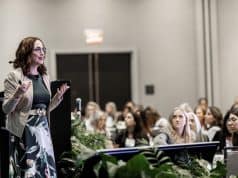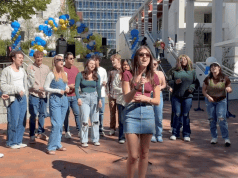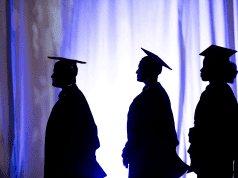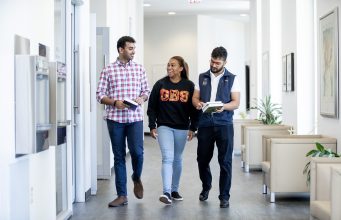For analytical sleuths like Michael Lewis, associate professor of marketing, and Michelle Andrews, assistant professor of marketing, the impact of branding is everywhere, from major league teams to politics.
In a recent conversation, the duo discussed academics, sports, and the future of marketing.
EB: Analytics is a hot topic and Goizueta even has a new master’s in business analytics program. Has analytics replaced old-fashioned marketing techniques like focus groups?
Andrews: There is a difference between attitude and behavior. A focus group is about intent or how people feel, but analytics really captures behavior. Are you physically present? Did you actually buy tickets? This gives a better picture of what actually occurs.
Lewis: That’s a good way to look at it. Analytics is evolving. “Big data” is a buzz word that did not mean a lot seven or eight years ago. Now we are hitting a second or third generation of analytics, and the reality is companies really need to do both. Companies need to use the traditional techniques like a focus group to talk to customers and then back it up by actually seeing what’s happening in terms of the data.
EB: Speaking of analytics, tell us more about the Emory Marketing Analytics Center (MAC).
Lewis: In the past, Emory MAC has put on conferences, started to build bridges to the local business community, and offered student-level options, like applied class projects. One of the reasons Michelle joined us is to help take the analytics center to the next level. She has expertise in working with companies on field experiments, which is a great addition to our services.
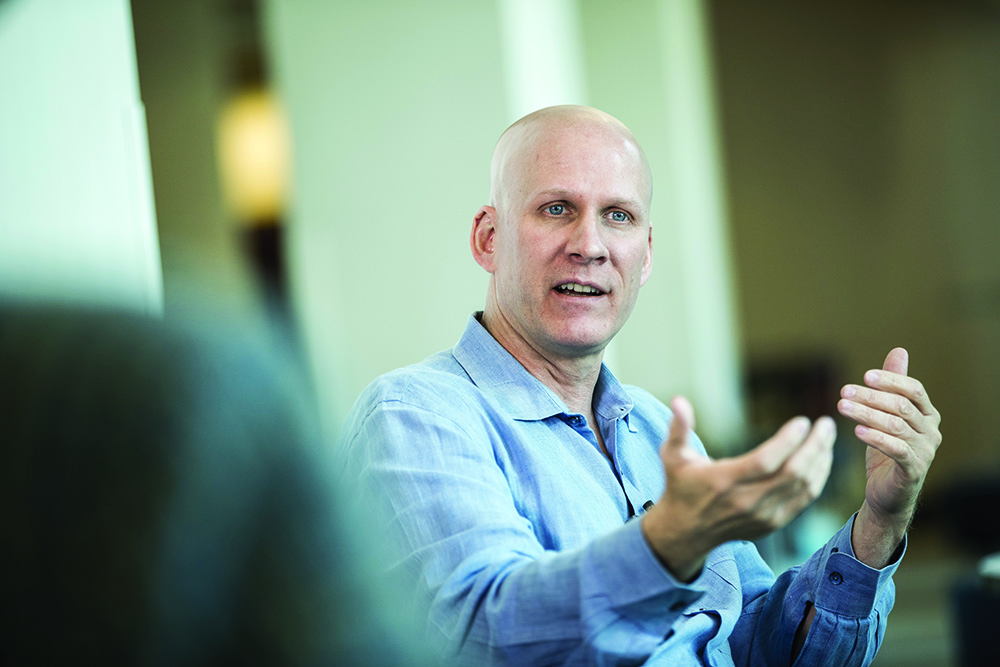
EB: Michelle, would you talk a little bit about field experiments with companies and what they entail?
Andrews: A lot of begging. I say that honestly. We are interested in publishing insights we gather in the field. However, companies are very competitive. They are not very open to someone who they consider works only on theory. Also, they are concerned that information will be released and their competitors will find out. Since my research is in mobile marketing, I ask how firms can deliver better mobile messages. I look at factors that affect people’s likelihood of responding, such as where they are, the time of day, and what’s going on around them when they receive the message.
Lewis: Can I take this in a different direction? Michelle used the word begging to describe how academics interface with the business community, and this does happen a lot. Companies have an agenda: they are driving revenue and trying to launch new products, and the thought of exploring ideas is not top of mind for them. One of the things we really emphasize in analytics is the need to go beyond the traditional academic approach of “let’s explore this theory” to “here’s a theory that is dead-on relevant to what a company is going to do.” When we develop these partnerships with businesses, we are offering them information with immediate impact. I see our role as the long-term R&D arm for companies that partner with us.
EB: Would you give us an example?
Andrews: A recent project involved how crowds may make people more responsive to mobile ads. My colleagues and I recently approached a mobile marketing company and said, “We think that when people are in crowded situations, they tend to deal with anxiety by looking at mobile phones. If you capture people when they are in crowds, this would be a perfect time to try to send them a message.” We ran an experiment in an underground subway system of a large city that was mobile equipped, where you could actually use your cell phone while riding the subway, and found that people were more likely to respond to an incoming message from a marketer when the train was crowded than when it was not.
EB: So is companies’ ability to target mobile users the holy grail of marketing?
Andrews: I don’t think mobile is the endgame. As consumers, we have technology in our cars, we wear smartwatches and Fitbits, and many people are comfortable moving across devices throughout the day. The next step for marketers is not to have a strategy for a single device, but a strategy for the consumer.
Lewis: I will go a bit more old school. This idea that the mobile phone is something fundamentally different, I don’t buy that. When grocery stores began scanning products and adding loyalty cards, that was considered revolutionary. From there we went to e-commerce to track all the clicks. And now we have mobile. What we see over time is a continual growth in the amount of data that companies potentially have access to with customers. The real black box becomes, “How do I use this massive amount of data?”
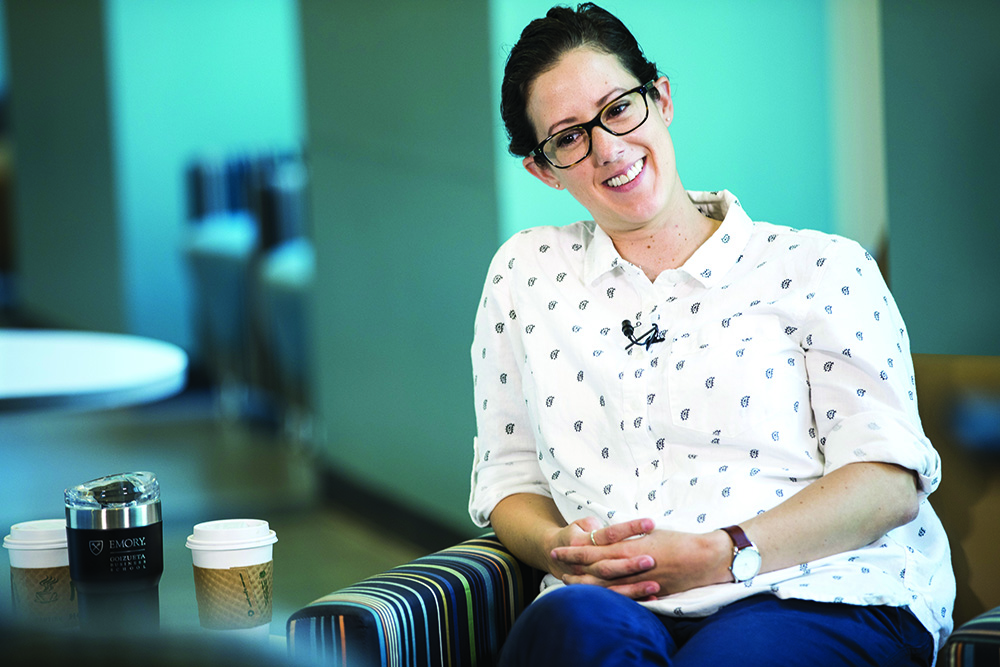
EB: Coming back to the business school, would you talk about your teaching methods and what classes you teach?
Andrews: I teach the core, which is the first class students take if they major in marketing. It covers marketing principles, and I use cases and lectures.
Lewis: In the last couple of years, I’ve focused on teaching sports marketing classes here at Emory. The course has evolved into a guest-heavy format, so in a given semester I might bring in 10 people from the local business community who range from the president of the Atlanta Hawks, to former NFL players, to the GM of the local Atlanta professional disc team. My job becomes knitting all of these stories together to tell a big-picture story about marketing.
EB: On a personal note, when you’re not working, what are your outside interests?
Andrews: Mike, do you want to talk about your knitting hobby? Or is it crochet? I keep forgetting.
Lewis: In addition to her encyclopedic knowledge of women’s sports, Michelle is a beer lover.
Andrews: My favorite beer right now is a sour beer called Duchesse De Bourgogne.
EB: And you Mike?
Lewis: I’ve got four kids plus two Great Pyrenees dogs and two cats—that is the extent of my hobbies!


